Picture this – you’re camping in the wilderness, miles away from civilization, when suddenly a powerful storm hits. The electricity goes out, leaving you in complete darkness. Panic starts to set in, until you remember that you packed a lantern. In that moment, you realize the true importance of lanterns in emergency preparedness. Often overlooked, these humble devices provide a reliable source of light when all else fails. Whether it’s during a camping trip or a sudden power outage at home, having a lantern at hand can make all the difference. Join us as we explore the unsung hero of emergency preparedness – the lantern.

The Role of Lanterns in Emergency Preparedness
Lighting Source
When it comes to emergency preparedness, having a reliable lighting source is crucial. Lanterns provide a bright and steady source of light that can illuminate a larger area compared to flashlights or candles. Whether you’re dealing with a power outage or responding to a natural disaster, lanterns ensure that you have sufficient light to see and navigate your surroundings.
Portable and Easy to Use
Lanterns are designed to be portable and easy to use, making them an ideal choice for emergency situations. They are lightweight and often come with handles or hooks, allowing you to carry or hang them conveniently. Additionally, most lanterns have simple on/off switches or controls, ensuring that they can be operated quickly and efficiently even in high-stress situations.
Reliable in Power Outages
Power outages are common during emergencies, and lanterns provide a reliable source of light when electricity is unavailable. Unlike flashlights that rely on batteries, lanterns can provide continuous illumination for an extended period. This makes them a practical choice when you need reliable lighting throughout the duration of an outage.
Long-lasting Battery Life
Battery life is a crucial consideration when choosing an emergency lighting source. Lanterns are known for their long-lasting battery life, allowing you to use them for hours or even days without needing to replace or recharge the batteries. This makes them a practical choice for situations that require prolonged use, such as during extended power outages or outdoor activities.
Different Types of Lanterns
Traditional Fuel-powered Lanterns
Traditional fuel-powered lanterns, often using propane or kerosene, have been used for decades as a reliable lighting source during emergencies. These lanterns provide a bright and steady flame, ensuring effective illumination. However, it’s important to handle these lanterns with care due to the open flame and the need for fuel refills.
Battery-powered Lanterns
Battery-powered lanterns have gained popularity due to their convenience and ease of use. These lanterns use replaceable or rechargeable batteries, providing a reliable source of light without the need for an open flame or fuel. Battery-powered lanterns are available in various sizes and brightness levels, making them versatile for different emergency situations.
Solar-powered Lanterns
Solar-powered lanterns harness the power of the sun to charge their batteries, making them an eco-friendly and cost-effective option for emergency lighting. These lanterns often have built-in solar panels that convert sunlight into electricity. They can also be charged using USB cables or conventional wall outlets. Solar-powered lanterns are ideal for situations where access to electricity or replacement batteries may be limited.
Hand-cranked Lanterns
Hand-cranked lanterns are an innovative option that eliminates the need for batteries or fuel. These lanterns can be charged manually by simply turning a crank, which generates power to light up the lantern. This makes them a practical choice for emergency situations where power sources may be scarce. Additionally, hand-cranked lanterns often come with additional features such as built-in radios or USB ports for charging other devices.
Versatility of Lanterns
Indoor and Outdoor Use
Lanterns are versatile lighting sources that can be used both indoors and outdoors. Whether you’re navigating your home during a power outage or camping under the stars, lanterns provide reliable and adjustable illumination. Their ability to illuminate a larger area compared to flashlights makes them ideal for larger indoor spaces or outdoor gatherings.
Multi-functional Features
Many lanterns on the market come with multi-functional features that enhance their versatility. Some lanterns have adjustable brightness settings, allowing you to customize the lighting to suit your needs. Others may have built-in USB ports for charging your electronic devices or even serve as power banks. These additional features make lanterns a valuable tool in emergency situations where multiple functionalities are beneficial.
Emergency Signaling
In emergency situations, it’s crucial to have a means of communication and signaling for help. Some lanterns are designed with emergency signaling features such as flashing lights or SOS signals. These features can be vital in attracting attention and alerting others to your presence, especially in remote or outdoor locations where traditional means of communication may be limited.
Lanterns as Essential Emergency Equipment
Power Outage Preparedness
Power outages can occur unexpectedly and leave you in the dark for hours or even days. Having a reliable lantern as part of your emergency preparedness kit ensures that you have a readily available source of light during these situations. Lanterns provide a bright and consistent light source that allows you to move around safely, perform tasks, and provide comfort during power outages.
Natural Disaster Readiness
During natural disasters such as hurricanes, earthquakes, or floods, access to electricity may be disrupted for extended periods. Lanterns play a crucial role in natural disaster readiness by providing essential illumination when natural light is limited or unavailable. Whether you need to evacuate, seek shelter, or navigate through debris, a lantern will be an invaluable tool to ensure safety and visibility.
Camping and Outdoor Activities
Lanterns have long been a staple for camping and outdoor activities. They provide ample lighting for cooking, playing games, or simply enjoying time outdoors after dark. With many lanterns now being lightweight and portable, they are an essential piece of equipment for those who love to explore the great outdoors.
Vehicle breakdowns and Roadside Emergencies
Vehicle breakdowns and roadside emergencies can happen at any time, leaving you stranded in the dark. In these situations, having a portable lantern can provide the necessary illumination to assess and fix the problem safely. Lanterns also serve as a warning signal to other drivers, increasing your visibility and ensuring your safety on the road.
Factors to Consider when Choosing a Lantern
Brightness and Light Output
The brightness and light output of a lantern are essential factors to consider when choosing one for emergency preparedness. Look for a lantern with adjustable brightness settings to meet your specific needs. Additionally, consider the lumen rating, which indicates the brightness level of the lantern. A higher lumen rating will provide a brighter light source.
Battery Life and Power Options
Battery life is crucial, especially during extended emergencies when replacement or recharging may not be possible. Look for lanterns with long-lasting battery life to ensure you have sufficient light when you need it most. Additionally, consider lanterns with versatile power options such as replaceable batteries or alternative charging methods like solar power or hand-cranking.
Durability and Weather Resistance
Emergency situations often come with challenging conditions, including adverse weather. Look for lanterns that are durable and weather-resistant to withstand these conditions. Lanterns made from high-quality materials and with proper seals or protection against snow, rain, or dust are ideal for long-term reliability during emergencies.
Size and Portability
Portability is essential when it comes to emergency lanterns. Consider the size and weight of the lantern, ensuring that it is lightweight and compact enough to be easily carried or stored in an emergency kit. Look for lanterns with handles, hooks, or straps that allow for easy transportation or hanging.
Additional Features and Attachments
Additional features and attachments can enhance the functionality and versatility of a lantern. Look for lanterns with features such as adjustable light modes, built-in power banks, or emergency signaling capabilities. Attachments like carabiners or magnetic bases can also provide added convenience and flexibility in various emergency situations.

Maintenance and Safety Tips for Lanterns
Cleaning and Storage
Regular cleaning and proper storage are essential for maintaining the performance and longevity of your lantern. After every use, wipe down the lantern to remove any dirt, debris, or moisture. Ensure that the lantern is completely dry before storage to prevent mold or corrosion. Store the lantern in a cool and dry place away from direct sunlight or extreme temperatures.
Checking and Replacing Batteries
If your lantern is battery-powered, regularly check the batteries and replace them as needed. Make it a habit to periodically test the lantern to ensure that the batteries are still functional. Keep spare batteries in your emergency kit to ensure that you always have a backup power source when needed.
Handling and Operating Safely
Lanterns can become hot during use, especially traditional fuel-powered lanterns or those with high-intensity LED lights. Always handle the lantern with caution, using handles or protective gloves if necessary. Follow the manufacturer’s instructions for safe use and avoid placing flammable material near the lantern to prevent accidents or fires.
Storing Spare Fuel or Batteries
If you have a traditional fuel-powered lantern, store spare fuel in a safe and designated container away from heat sources or open flames. Ensure proper ventilation in storage areas to prevent the buildup of flammable vapors. If using battery-powered lanterns, store spare batteries in a cool and dry place to prevent damage or corrosion.
Comparing Lanterns to Other Light Sources
Flashlights and Headlamps
While flashlights and headlamps are convenient for personal use, lanterns offer a more comprehensive lighting solution in emergency situations. Lanterns provide a brighter and more widespread light source, making them ideal for illuminating larger areas or shared spaces during power outages or outdoor activities.
Candles and Oil Lamps
Candles and oil lamps have been used for centuries as a source of light during emergencies. However, they pose a higher risk of fire hazards compared to lanterns. Lanterns provide a safer alternative, with no open flames or dripping wax. They also have longer-lasting battery life and better overall illumination.
Glow Sticks and Light Sticks
Glow sticks and light sticks are popular temporary light sources, but they have limitations in terms of brightness and duration. While they can provide some illumination for a limited period, lanterns offer a more reliable and long-lasting lighting solution. Lanterns also offer adjustable brightness and additional functionalities not available with glow sticks.
Common Lantern Myths Debunked
Lanterns are Obsolete in the Age of Technology
Despite advances in technology, lanterns remain an essential tool in emergency preparedness. They provide dependable lighting when power sources are unavailable or compromised, making them indispensable during emergencies or outdoor activities. Additionally, lanterns are often designed with modern features like USB charging ports or solar-powered options, aligning with the current technology trends.
Lanterns are Dangerous and Cause Fires
While it’s true that traditional fuel-powered lanterns come with fire hazards, modern lanterns have undergone significant advancements to address safety concerns. Battery-powered lanterns eliminate the risk of fire and can be safely used in enclosed spaces. It’s crucial to follow the manufacturer’s instructions and exercise caution to ensure safe operation and prevent accidents.
Lanterns are Heavy and Bulky
With advancements in materials and design, lanterns have become more lightweight and compact without compromising their performance. Many lanterns now feature collapsible or space-saving designs, making them highly portable and easy to carry. Portable lanterns are designed to be lightweight, so they can be comfortably included in emergency kits or taken on outdoor adventures without adding significant weight.
Conclusion To Lanterns In Emergency
Lanterns play a vital role in emergency preparedness, offering a reliable, portable, and versatile source of light. Whether you’re dealing with power outages, natural disasters, or outdoor activities, lanterns provide the illumination needed to navigate, communicate, and ensure safety. When choosing a lantern, consider factors such as brightness, battery life, durability, size, and additional features.
By understanding the importance of lanterns and debunking common myths, you can make an informed decision and be better equipped for any emergency situation. Choose a trusted brand that aligns with your specific needs, and remember to practice regular maintenance and follow safety guidelines to maximize the effectiveness and longevity of your lanterns. With a reliable lantern by your side, you can face emergencies with confidence and peace of mind.

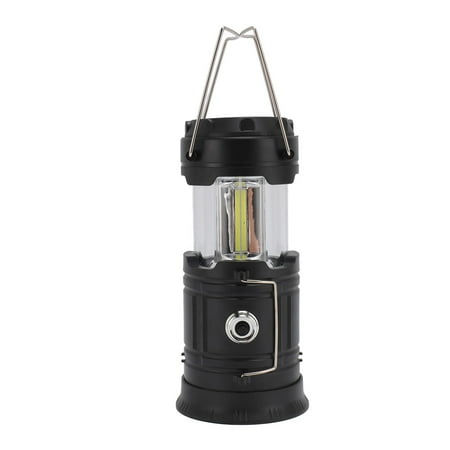
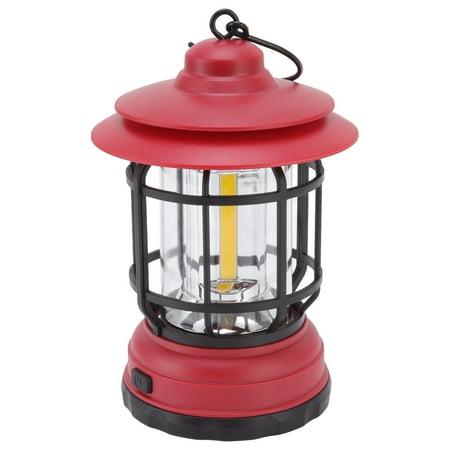
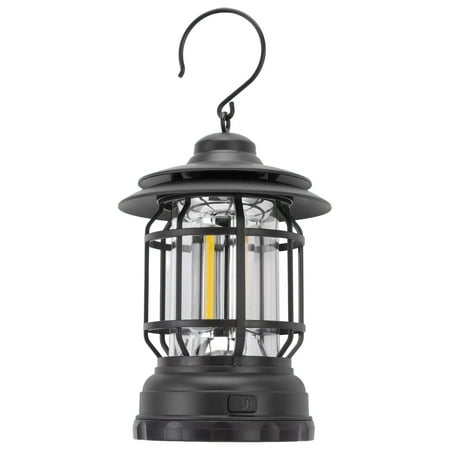
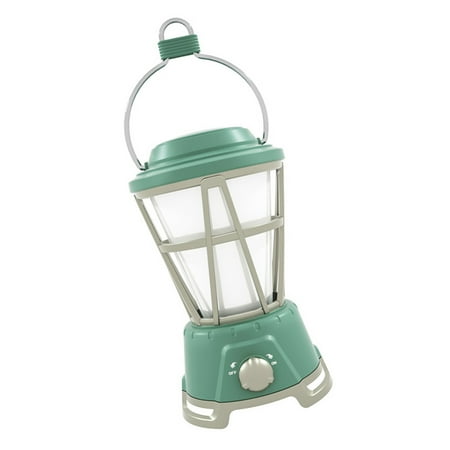
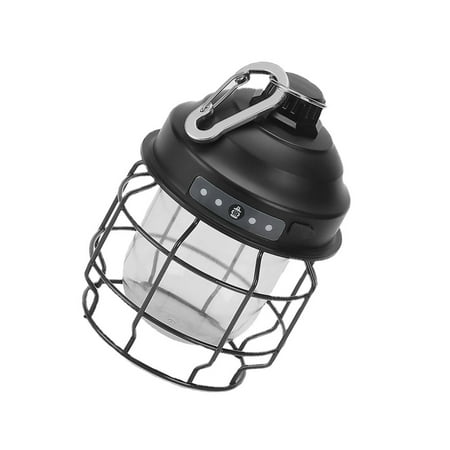

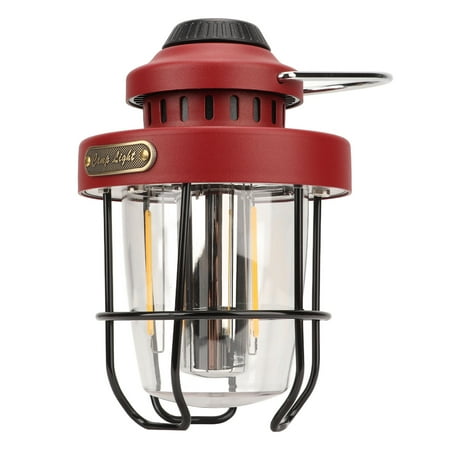
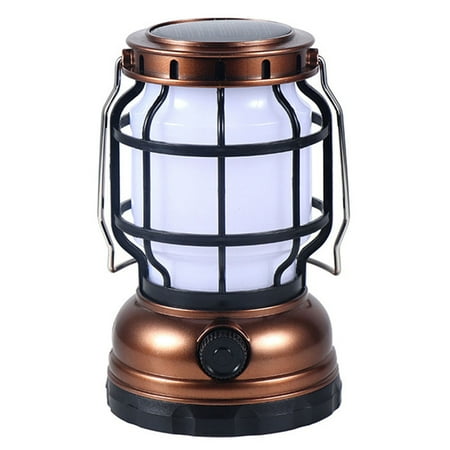
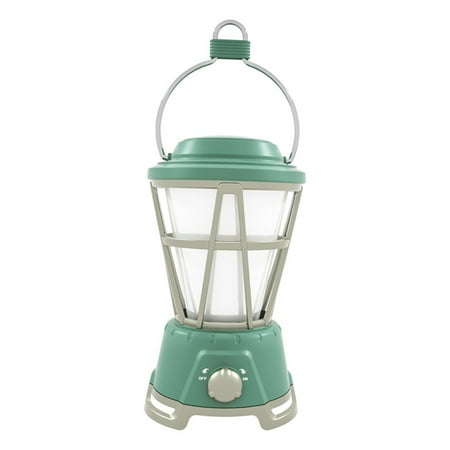
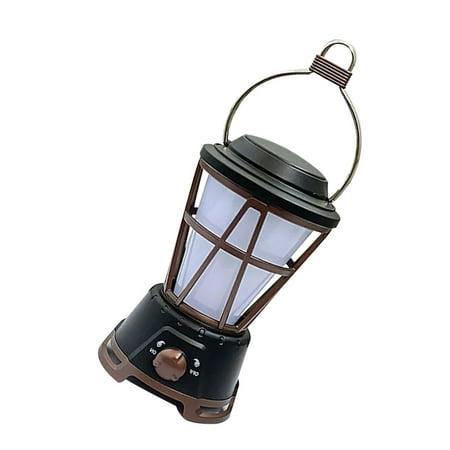
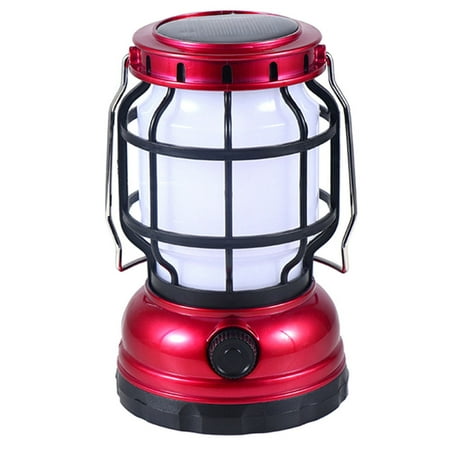
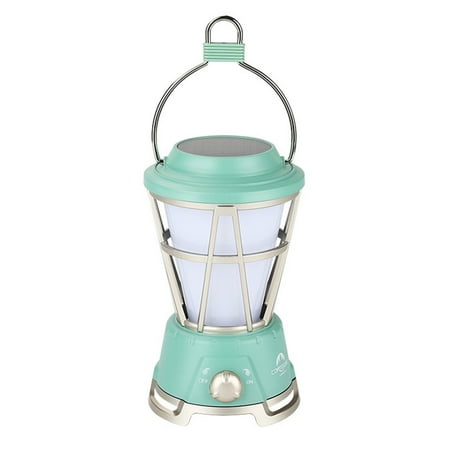

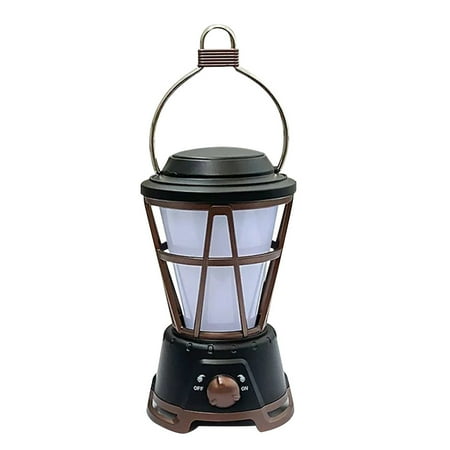
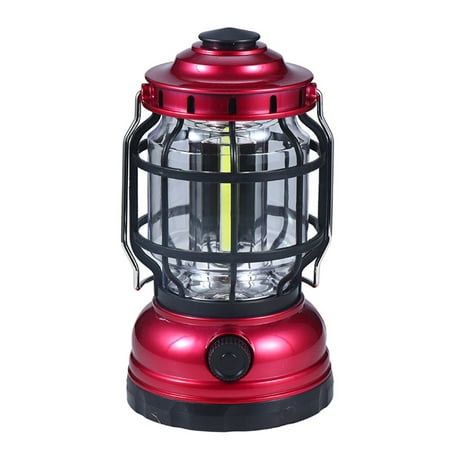
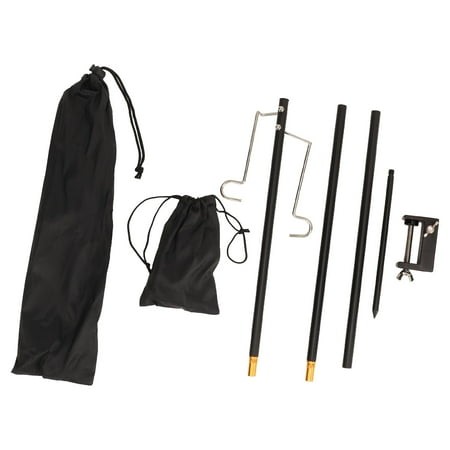

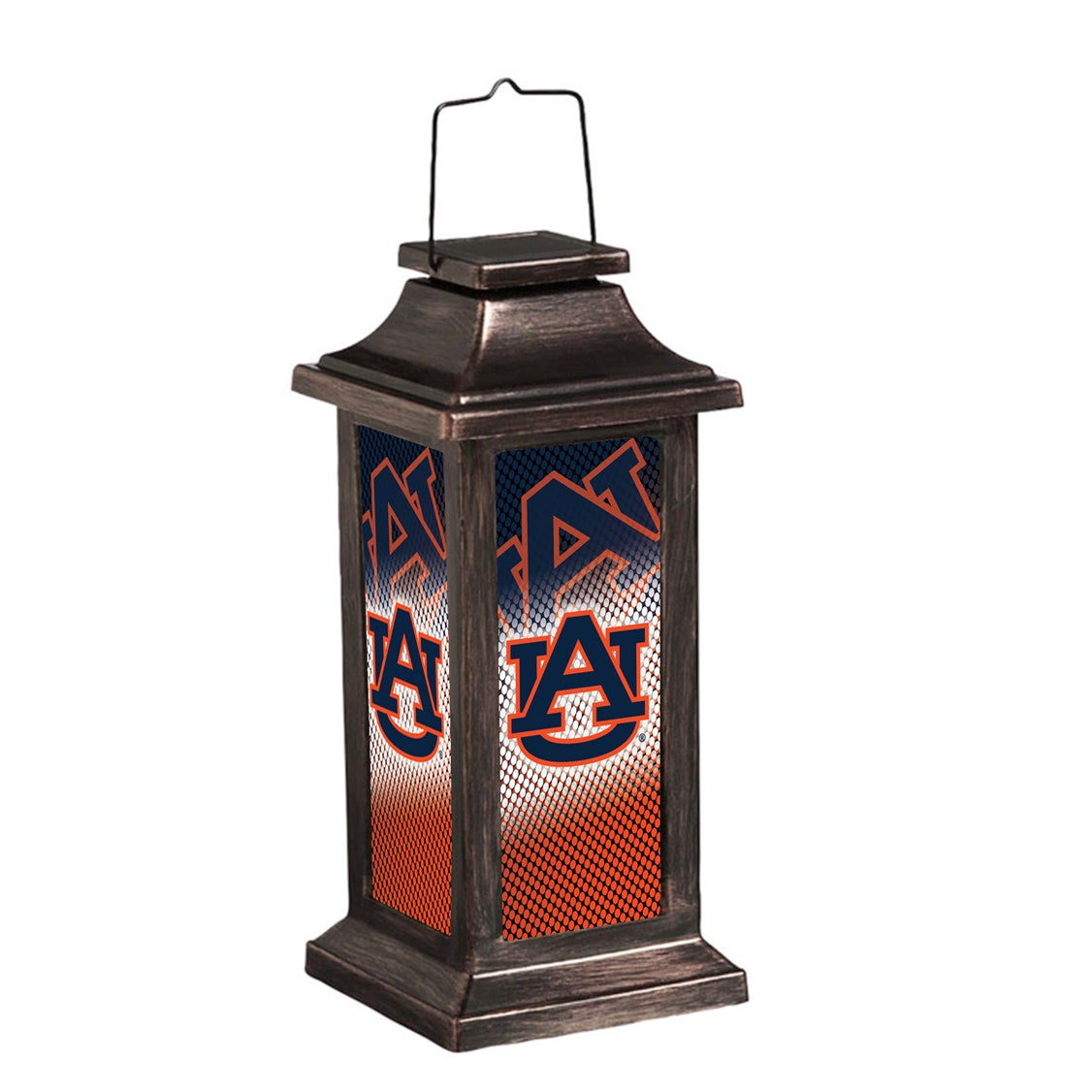
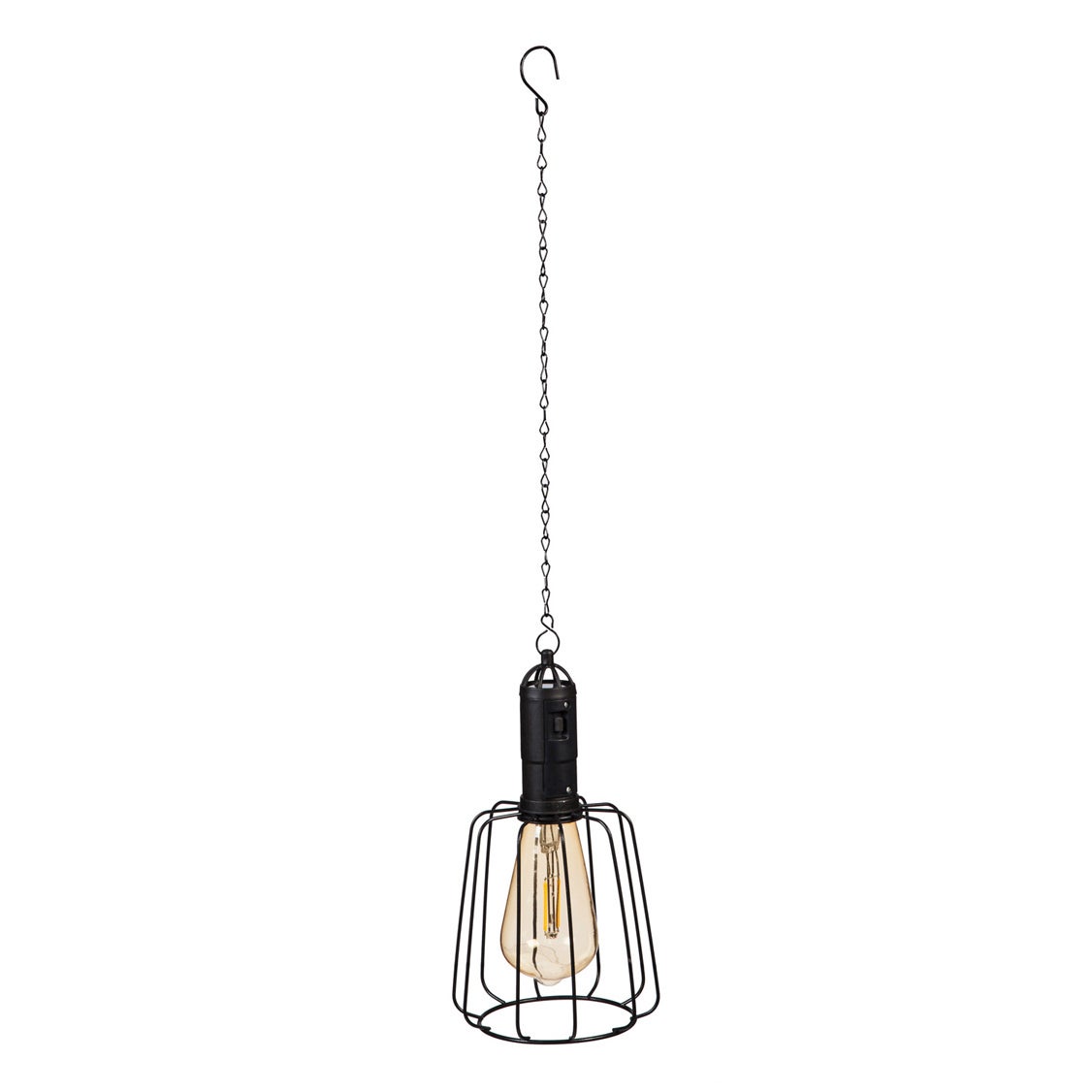
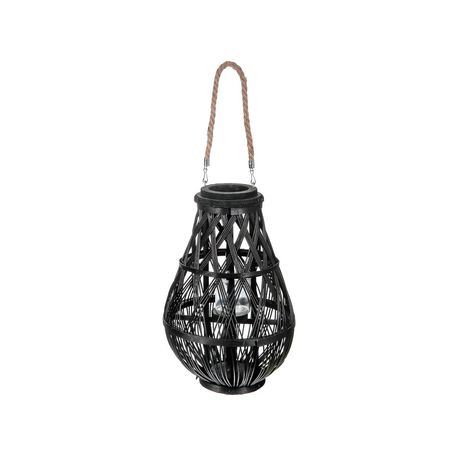

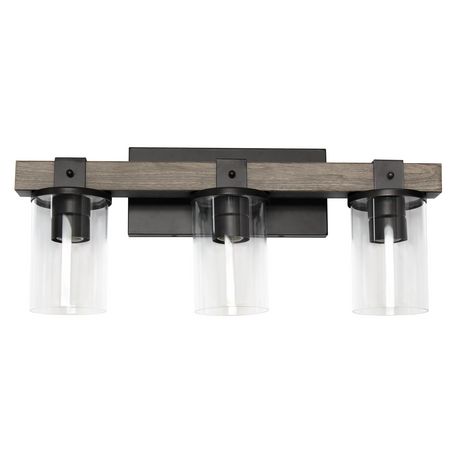
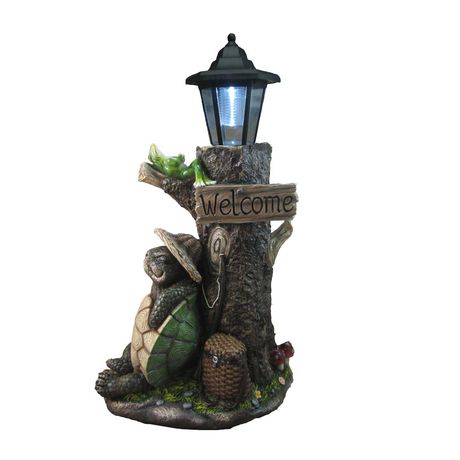

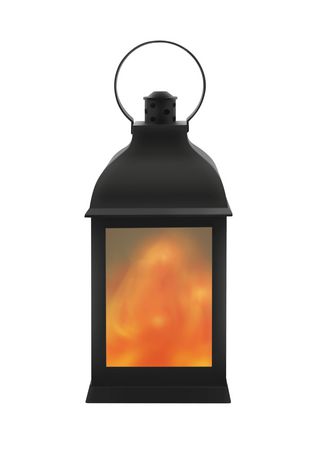
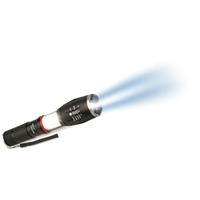
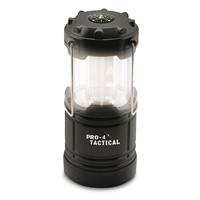



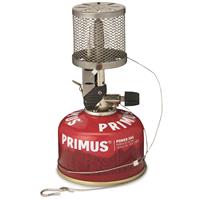












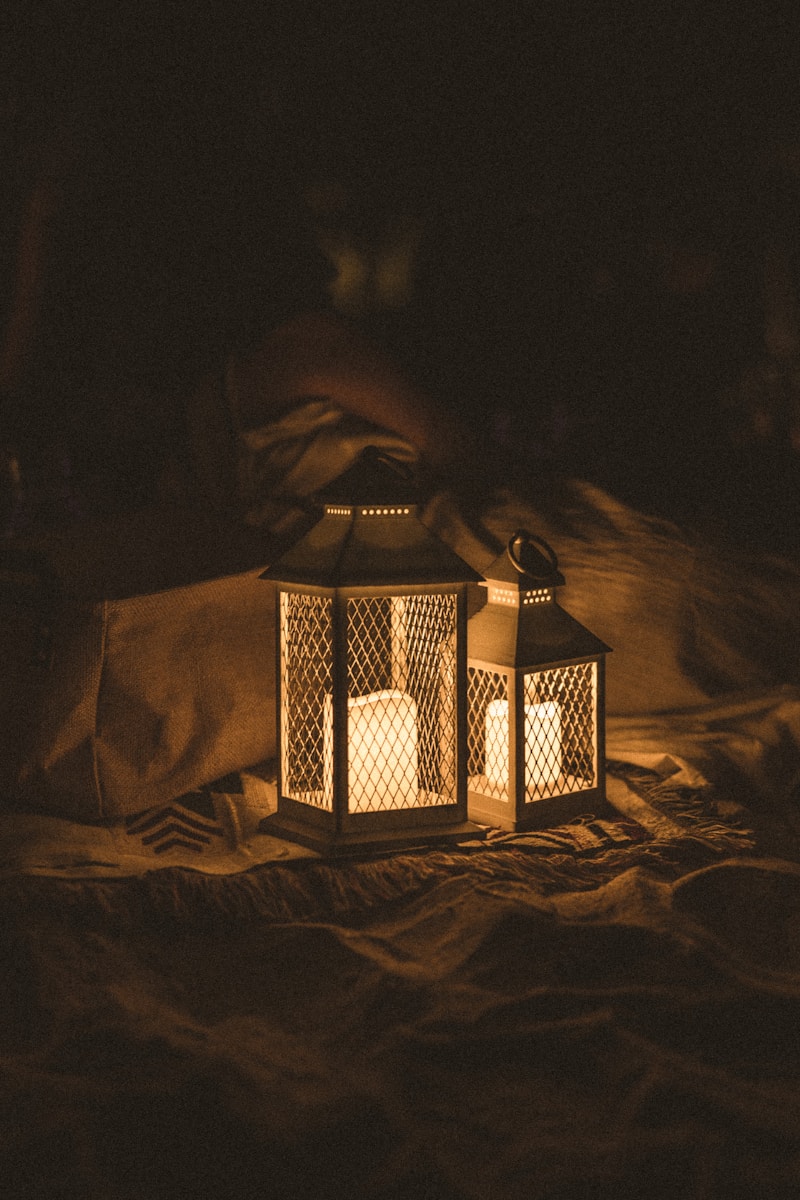
Leave a Reply